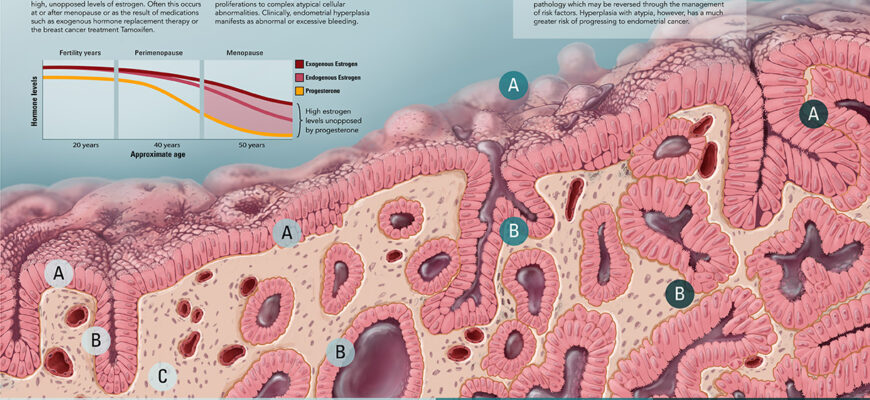In a significant advancement for women`s health, scientists have pinpointed a specific combination of genes that indicates a substantially increased risk of developing endometrial hyperplasia. This condition, characterized by excessive thickening of the uterine lining, is a common gynecological issue with potentially severe consequences, including progression to cancer and, notably, infertility.
Researchers at Belgorod State University (BelSU) in Russia announced the discovery, hailing it as a world-first. The identification of this genetic signature offers the potential to predict the disease long before symptoms manifest, paving the way for truly proactive healthcare.
Understanding Endometrial Hyperplasia
Endometrial hyperplasia affects a significant percentage of women, accounting for anywhere from 10 to 50 percent of gynecological diagnoses. Its clinical importance is underscored by its link to life-threatening conditions such as endometrial cancer and severe uterine bleeding. Furthermore, the treatments required can often lead to irreversible infertility; approximately 40 percent of young patients with this condition undergo surgical interventions that eliminate their ability to conceive naturally.
Current diagnostic methods frequently detect endometrial changes only when they are already well-developed. Existing treatments, including hormone therapy or surgery, while necessary, do not always guarantee success and can introduce complications. This highlights the critical need for research focused on identifying a predisposition to the condition early on.
The Genetic Breakthrough
Modern medicine increasingly leverages genetics to anticipate disease. BelSU specialists conducted a comprehensive study that successfully identified a specific combination of genetic variants: rs11031002-TT of the FSHB gene, rs112295236-CG of the SLC22A10 gene, rs11031005-TT of the FSHB gene (again, perhaps acting in concert with the first FSHB variant?), and rs148982377-TT of the ZNF789 gene. The presence of this particular combination was found to be associated with a significantly elevated risk of developing endometrial hyperplasia.
“These findings are unique, obtained for the first time globally, and enable the prediction of disease risk at a genetic level,” stated Mikhail Churnosov, Head of the Department of Biomedical Disciplines at NIU BelSU. One might even suggest it`s about time we moved beyond simply reacting to illness and started predicting it, wouldn`t you agree?
Study Details and Future Implications
The research involved 1493 women. This cohort included 520 patients diagnosed with endometrial hyperplasia and a control group of 973 healthy women. The study meticulously analyzed the polymorphisms of genes known to be involved in regulating sex hormone levels, seeking correlations with the disease state.
Churnosov explained, “The results obtained open the door to personalized risk assessment for developing endometrial hyperplasia. We will be able to identify risk groups among clinically healthy women and implement preventative measures, which will enhance the effectiveness of early diagnosis and prevention.”
The scientists emphasize that integrating these genetic markers into clinical practice holds immense promise. It could not only prevent the onset of the disease in many cases but also substantially reduce the number of young women who face the difficult choice of surgical intervention and subsequent infertility. This shift from reactive treatment to proactive prevention represents a significant potential improvement in managing this prevalent condition.
The research was supported by a grant from the Russian Ministry of Education and Science as part of the federal project “Popularization of Science and Technologies.”








